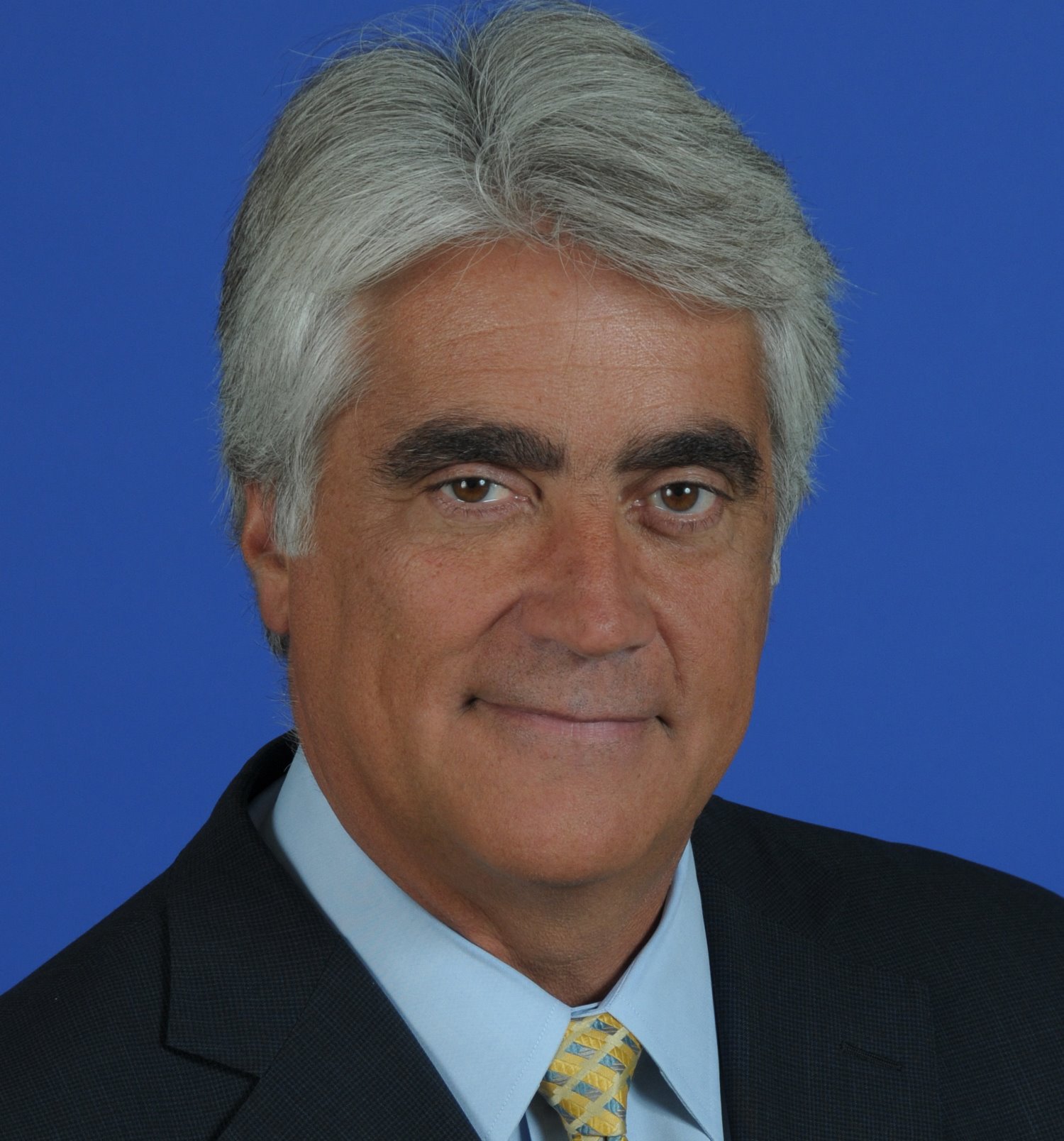Miles headed for crash with penny-pinching IndyCar team owners
 |
| Mark Miles will soon learn that unless IndyCar pays out more money so the team owners can afford change, they are going to resist change at every turn. And how do you fix that? You start by moving 100% of the races to network TV. And the Indy 500 TV ratings would double if the race were run as a Saturday night race under the lights. Yes, double – 100% guarantee. |
When Mark Miles talks, people listen. Even people in IndyCar, and that’s not easy to do.
But some of Miles’ recent talk sounds a lot like Randy Bernard—with a dose of Tony George thrown in for good measure. That might make some IndyCar faithful cringe. But it’s the truth.
Miles this month has professed the need for speed. He has given his new lieutenant, Derrick Walker, his marching orders: Make IndyCars faster. Ratchet up the excitement at Indianapolis. Make the cars faster than they were when speed records were last set by open-wheel cars at the fabled Brickyard in 1996.
It sounds a lot like what Bernard told me last May while sitting in an IMS garage. That was five months before he was fired.
Bernard was criticized for trying to ratchet up on-track excitement without enough regard for safety. Some even contend that Bernard’s pursuit of thrills got Dan Wheldon killed at Las Vegas.
George, on the other hand, during his reign as IndyCar boss put a premium on safety. He invested big bucks in developing safer barriers and soft walls—which debuted in 2002 and are now used widely in motorsports. There were certainly serious crashes—and even on-track death—during George’s watch, and while some criticized the overall design of the IndyCar and its tendency to take flight, fewer folks questioned his dedication to driver safety. After all, George himself was a former racer.
Miles, who like Bernard has no experience behind the wheel of a race car, seems to be combining Bernard’s desire for speed with George’s dedication to safety.
It appears to be a smart move and Miles’ quest has created some positive press as the 97th running of the Indianapolis 500 approaches Sunday. Clearly he’s trying to build momentum for the 100th Indy 500, claiming speed records will be broken by 2016.
But Miles’ quest won’t be easy. I’m not sure the current chassis and engine package is capable of breaking the one-lap 237.498 mph or four-lap 236.986 average that Arie Luyendyk hit to set the record in 1996.
This year’s pole-sitter, Ed Carpenter, had a single-lap high of 229.347 mph and a four-lap average of 228.762 mph. Setting the record will require a significant jump in speed. Attaining that type of increase can be expensive, and most of the teams run on perilously thin margins. Few team owners have deep pockets.
It’s interesting that Miles and Walker are talking about going “back to the future" and bringing back the innovative spirit to IndyCar and the IMS. That’s exactly what Bernard sought to do with chassis aero kits. But he couldn’t convince team owners to swallow the relatively small cost of them to rev up fan excitement. Team owners screamed that they were still digesting the cost of switching to a new chassis and engine package in 2012 and couldn’t afford the additional expense of aero kits.
The aero kits Bernard kept promising to fans never did come to fruition. They were supposed to be made by different manufacturing and engineering firms and bring a new look and level of innovation the open-wheel series hadn’t seen in years. Instead, the pushed-back promises only brought frustration to fans who have tired of what they consider a spec series.
It’s difficult to figure how team owners who claimed they couldn’t afford a five-figure or low six-figure amount for aero kits just last year could suddenly afford the type of innovation Miles is demanding. Bernard is gone, but the series is still composed of the same owners who argued with Bernard about pennies on the dollar over parts prices last year.
“In the short term, we’ll look for incremental changes to our cars through components such as aerodynamics, horsepower and tires," Walker said.
Walker is talking about incremental changes to the cars, but a quantum leap in thinking.
It remains to be seen if sheer speed alone will sell—and if the series’ leadership, and more importantly, team owners, are prepared to shift gears and pay up to make it happen. IBJ.com
